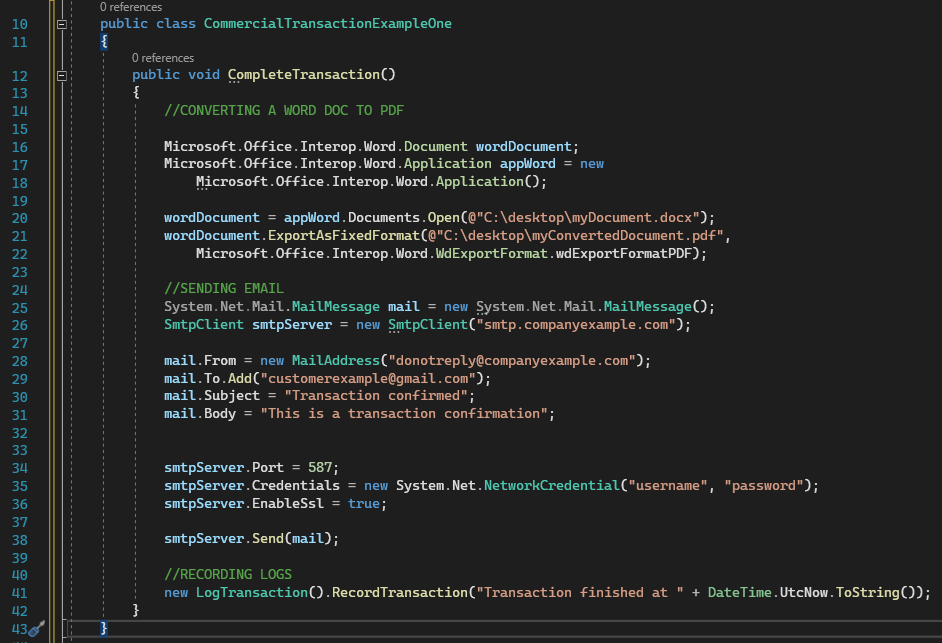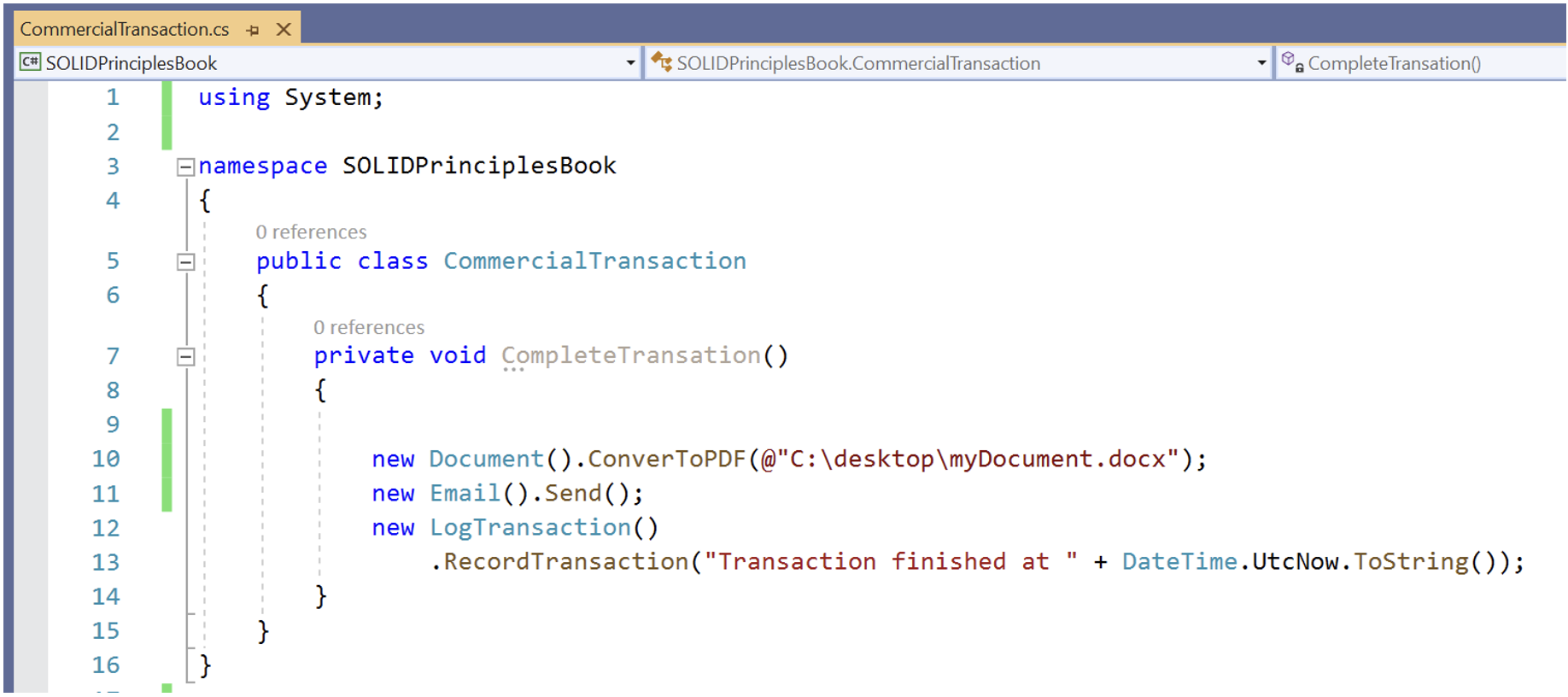The SOLID principles are good practices that should be followed by all software developers responsible for building high-quality applications using the OOP paradigm. These principles contribute to writing maintainable and extensible code. Software development is not only about visible features but about having high standards in architecture and engineering.
It does not take much effort to find software projects that failed in delivery, quality or user expectations because of technical problems or an inability to extend functionality. In every software lifecycle, change becomes more expensive the later it occurs. Changing an existing feature may break others and adding new ones becomes more complex when the design lacks structure.
To face these challenges, keeping code clean and following solid development principles is essential for creating sustainable long-term projects.
🧩 What Is the Single Responsibility Principle?
The Single Responsibility Principle (SRP) states that a class should have one and only one reason to change. This means each class must handle only one job or responsibility. If a class is doing more than one thing, it becomes harder to maintain, test and reuse.
📉 Violating SRP: A Real-World Example
Imagine a commercial system with a routine that:
Converts a document to PDF
Sends it by email
Makes a financial transaction
Logs all the operations

If all these tasks are inside one method like CompleteTransaction, the class is clearly doing too much. Each responsibility has its own reason to change. For example, changes to the PDF generation logic might break the email sending logic.
This kind of implementation:
Increases the risk of regression bugs
Makes it harder to test individual functionality
Reduces code reuse
Hides the real intent of the method
🔧 Refactoring Toward SRP
To fix this, we should break the functionality into separate classes:
DocumentConverterfor PDF generationEmailServicefor sending emailsLoggerfor recording eventsTransactionServicefor handling the main operation
The main method would then delegate tasks to these classes. As a result:
Each class has a single responsibility
They can be tested independently
Changes to one do not affect the others
The overall design is cleaner and more scalable
✅ Benefits of SRP
Easier maintenance
Improved readability
Better testability
Higher reusability
Fewer side effects during change

🧠 Final Thoughts
The Single Responsibility Principle is the foundation of clean architecture. By ensuring each class has one reason to change, you create a system that is easier to evolve, maintain and trust. It is a small effort that brings significant long-term benefits.
If your class is doing too much, it is time to break it apart.